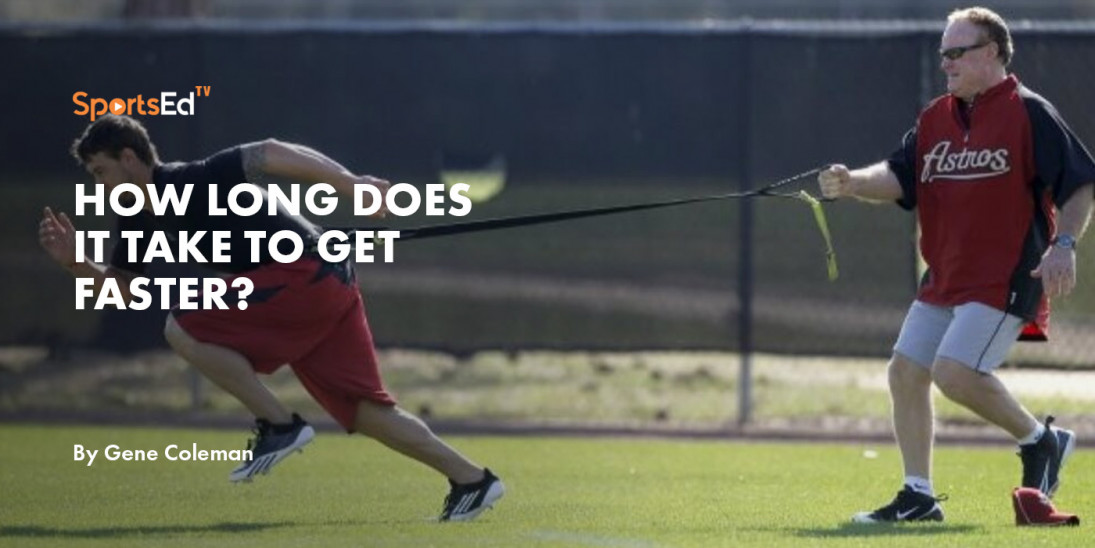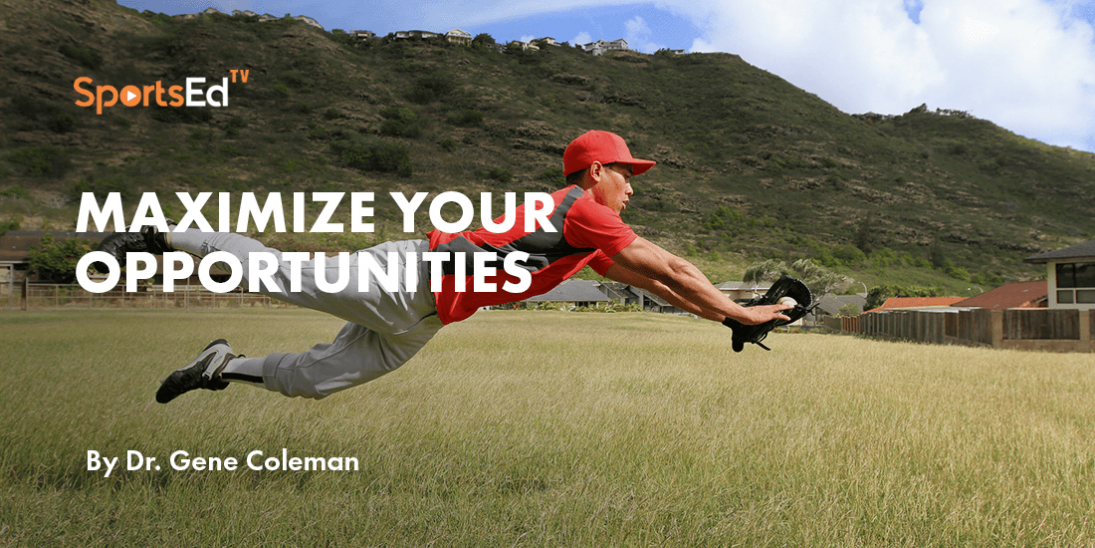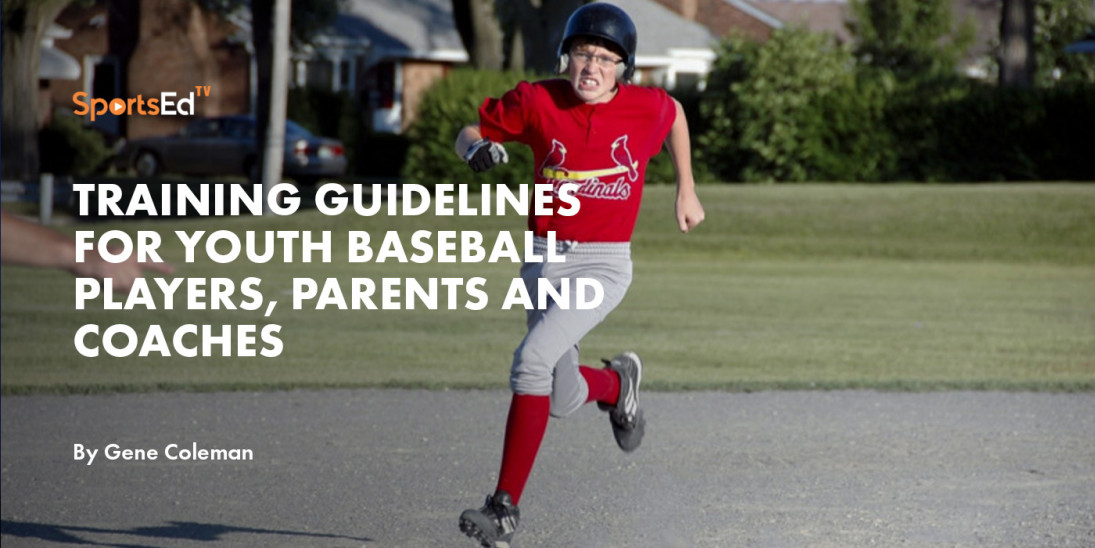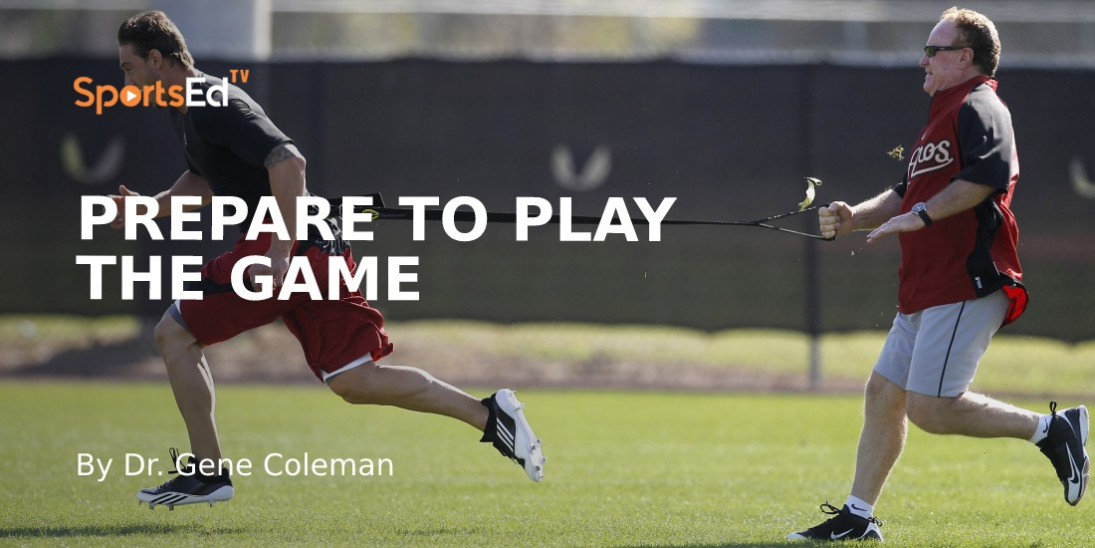Strength And Conditioning
Welcome and thanks for visiting...

How Long Does It Take to Get Faster?

Speed is one of the five tools that scouts look for and GMs, managers, coaches and players want. While we have made a lot of progress in speed training over the last two decades, one thing that still escapes us is knowing precisely how long it will take for a player to get faster. Prior to the late 70’s and early 80’s, the popular opinion among many coaches and athletes was that you had to be born fast to be fast and there was nothing you could do to make someone faster. Over time, research began to indicate that, while you couldn’t make anyone fast, you could make everyone a little faster, and speed training programs and techniques began to sprout roots at all levels of competition. College programs were the first to adopt speed training and then it spread to the high school and middle school ranks. Today’s social media is filled with hundreds of speed improvement sites for every age and distance.

While it’s debatable as to how much faster you can get, we know that you can definitely run faster than you currently are. Given the advances in testing equipment and video analysis software, coaches can analyze everything about running mechanics: stride length, stride rate, ground reaction forces and contact time, flight time, shin angle, leg strength, arm strength, core strength, flexibility, arm swing, head position and movement, foot strike relative to the center of gravity, foot and knee position during recovery, etc. We know that speed is the product of stride length times stride rate (speed = SL x SR) and increasing stride length without reducing stride rate will improve speed and vice versa. We also know that moving the arms a little bit farther (“cheek to cheek”) will improve stride length and moving them a little bit faster will improve stride rate. Simply moving the arms farther and faster will help get a runner up on his toes and enable them to run faster. If you can improve just a little in each of the aforementioned areas and then add all those improvements together, you will get faster. Unfortunately, the more variables you work on, the more time and energy required per day and the slower the rate and magnitude of improvement.
How long will it take? There is no universal answer to this question. The exact amount of time needed to improve speed will vary from individual to individual. A younger, true beginner, for example, will see larger and more immediate improvements because his/her ceiling is high. An experienced athlete who is closer to his/her genetic speed potential will improve less and at a much slower rate. Likewise, an individual who is involved in other activities such as strength training, games and/or participating in more than one sport will make slower improvements than someone whose sole activity is speed training. Research indicates that meaningful improvements can be seen with as little as two months of training, but optimal gains often require six months or more of dedicated training.
Let’s look at a professional baseball player for example. Most minor league players start off-season practice in October and MLB players start in November giving them a maximum of 4 to 5 months including holidays to train. Spring training starts in mid- to late-February for MLB position players and about a month later for MiLB position players. Once spring training starts, players are on the field seven days per week until the season starts around April 1. During this time, they are working on skills and playing in games which leaves little time or energy for formal speed training workouts. Once the season starts, MLB players are active for at least 162 of the next 180 days while MiLB players are active for 142 of the next 160 days. The length of the season, number of games, travel requirements, etc., makes it impractical and sometimes counter-productive to emphasize formal speed training programs during the season for most players.
The season lasts about 5 (MiLB) to 6 (MLB) months and then the successful teams are involved in the playoffs while the others take a well-deserved 4-6 weeks of active rest before starting off-season workouts. While the off-season is the best time to work on speed training, there are factors that can make it less than ideal. Injured players are involved in rehab activities that often prevent speed training and others are working on a number of variables (strength, stability, flexibility, mobility, work capacity, etc.) each of which can limit the time and energy available for speed training. And then there are the holidays: Thanksgiving, Christmas and New Years that can disrupt training for even the most dedicated athletes. After New Year’s, players begin to focus more on skill-related activities in order to gear up for spring training, leaving less time for speed training.
Two months is about all the time available for speed training among many players so, coaches have approximately 8 weeks to try and get them faster. Unfortunately, some athletes require significantly more time than is available. The actual amount of time required will depend on what and how much needs to be corrected. Meaningful improvements in linear speed can often be made in 6-8 weeks by correcting mechanical faults. More time will be needed if other weaknesses, e.g., single-leg strength, relative strength, joint mobility / stability, flexibility, body composition, etc. need to be addressed. While linear speed is important, baseball is not just about linear speed. Linear acceleration and lateral speed and acceleration are essential for successful, injury-free performance in game situations and improvement in each of these can easily require at least 8 weeks of dedicated training. Working on more than one thing at a time, will require more time, energy and recovery and slow the rate and magnitude of improvement.
Why does it take so long? Running fast is a skill with high neuromuscular and metabolic demands that requires strength, endurance, flexibility, proper mechanics, etc. Since there are no weak, fast runners, improving strength, especially relative strength (strength to body weight ratio), is one of the first things that athletes need to work on. Because strength tends to be improved week-to-week, most athletes, especially beginners can see improvements fairly quickly. If, however, there is a lack of relative strength, strength imbalances or excess body weight, those will also need to be corrected and will lengthen the training process.
A second essential element of speed is proper running mechanics. Regardless of how strong you are or how much you train, you will run only as fast as your mechanic’s permit. Once your mechanics break down, improvements in strength will plateau or stop. Proper mechanics involves more than running “cheek-to-cheek”. To achieve max speed potential, an athlete needs to begin with a proper set-up, start from the right angle, put the right amount of force into the ground in the right direction, produce quick, powerful first-steps, synchronize arm and leg movements, etc., each of which can require a lot of training time. Most coaches teach running mechanics one component at a time. They start with the set-up and then the start, etc. Each component is developed at half-speed, then three-quarters speed and finally at full-speed. The components are then gradually integrated together to produce fast, fluid movements. You can’t effectively improve speed by picking a distance and running it as fast as you can over and over. You have to gradually put the key components together and this takes time. A weak, deconditioned athlete will not have the strength or stamina needed to perform the volume of sets and reps needed to improve speed. You can’t microwave speed. Small improvements in key components might be seen week-to-week, but it can take several months or longer to achieve max potential.
Another essential element is flexibility. Flexibility is the ability to move a limb or limbs through a full range of motion. Flexible athletes can apply force over a greater range of motion which will allow him/her to move quicker and more efficiently. Flexibility is improved day-to-day over several weeks or months. If an athlete has flexibility issues, they can’t be corrected by stretching every day for 1-2 weeks. Also, since flexibility is not a general body trait, i.e., one stretch will not improve flexibility in every joint in the body, you have to consistently stretch each joint or sets of joints in the body, and that takes time. To see progress, you have to stretch more than the 2 to 3 times that you work out with a strength or flexibility coach. You have to stretch on your own on non-supervised days.
So, how long does it take to get faster? It depends. Some athletes, especially those in good shape, with good work ethics and limited deficiencies, see success in about two months. Those with less commitment, more deficiencies, poorer work habits, etc. take longer, if ever to see significant gains. Adaptation takes time. Coaches should advise athletes to enter all training programs, not just speed training programs, with the goal of getting better for a successful career, not just a successful season or two.





